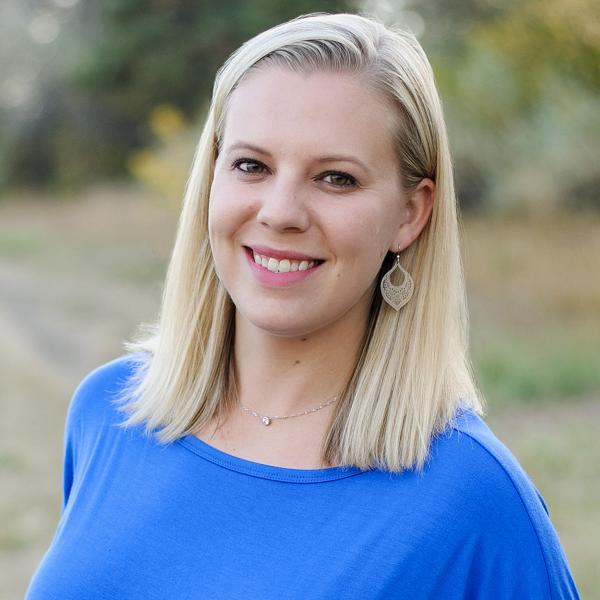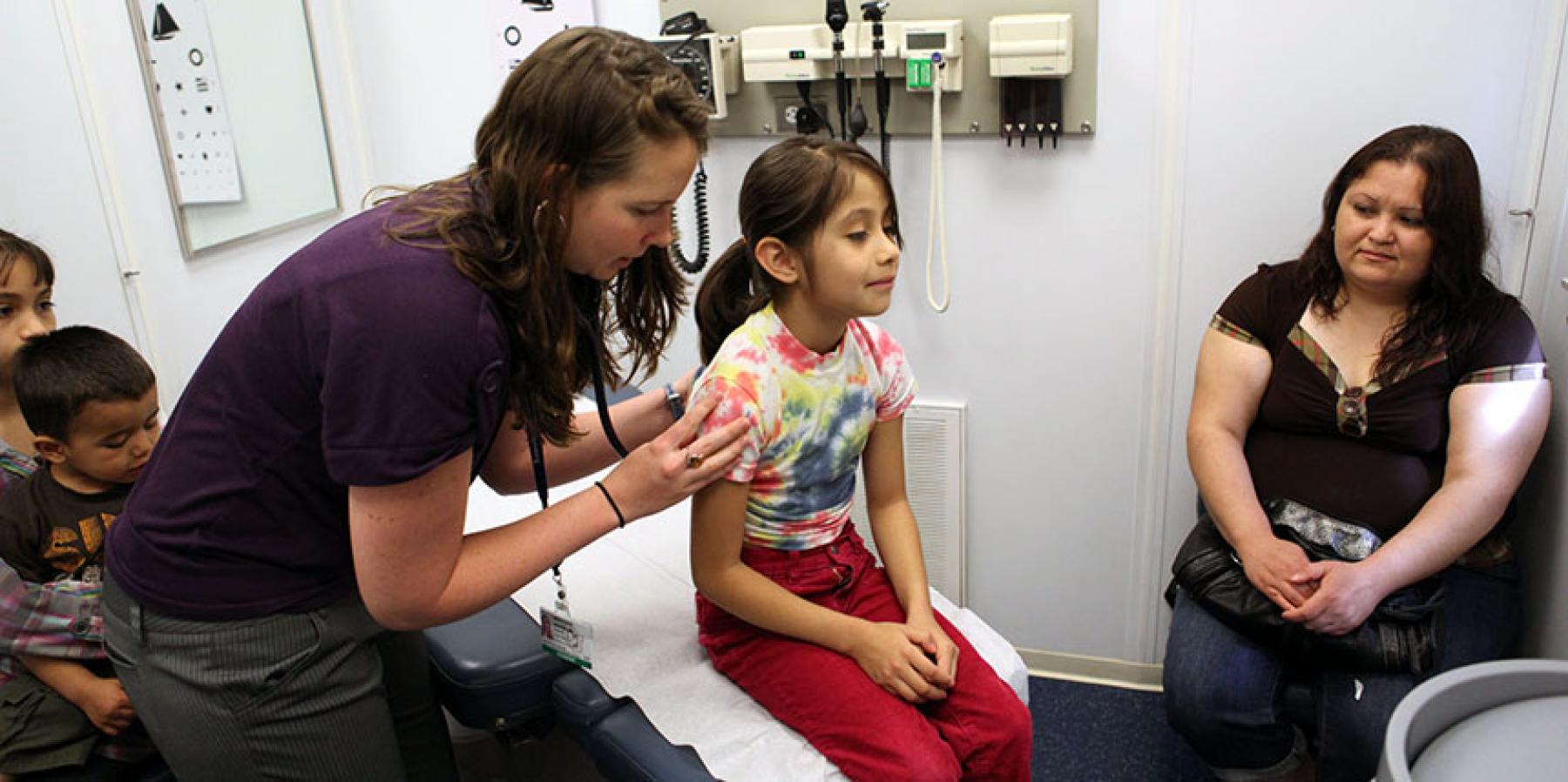Amid a landscape of tough policy challenges, insurance coverage for Colorado’s kids has been a bright spot in recent years. But a troubling trend is emerging. While some groups continue their progress in gaining insurance coverage, others — especially Hispanic/Latinx children — were more likely to be uninsured in 2019 than just a few years ago.
The increase in the number of kids without insurance began before the COVID-19 crisis and accompanying economic downturn, which is causing more instability in many families’ financial situations and insurance coverage.
The downturn is likely to exacerbate the challenge: Legislators face a daunting task this spring to balance the state budget by cutting new and existing programs. The options recommended by staff if additional budget cuts are needed range from reducing eligibility for the Child Health Plan Plus (CHP+) program to eliminating it altogether, which would save the state more than $60 million but remove a coverage option for close to 80,000 kids and pregnant adults. The JBC staff who authored the recommendation write that “the potential savings are sufficiently large to justify the effort required to reduce eligibility.”
Having health insurance is important for children’s well-being and for their families’ economic security. Research suggests that children with insurance coverage are more likely to experience better medical, educational, and economic outcomes than those without insurance.
The uninsured rate among Colorado children — defined as those birth through age 18 — has historically been quite low. It dropped significantly between 2011 and 2015, when a record-low 2.5 percent, or an estimated 33,000 children, were uninsured, according to the Colorado Health Access Survey (CHAS). In 2019, however, 4.3 percent of children age 18 and younger (about 58,000 children) were uninsured.
A primary driver is the rise in uninsurance among Hispanic/Latinx children, which jumped to 7.9 percent from 2.4 percent in 2017. A combination of factors seems to have driven this increase, including the proliferation of inflammatory rhetoric, anti-immigrant sentiment, and policies such as the Trump administration’s “public charge” rule, which have heightened many immigrants’ fears of enrolling in public programs.
Data from the 2019 CHAS provide more insight into the growing number of uninsured children in our state in the past five years. As the state prepares for a significant change in its budget and public insurance programs, understanding where we have been and who was less likely to have insurance before the COVID-19 downturn can point to communities and areas that may need support or attention.


